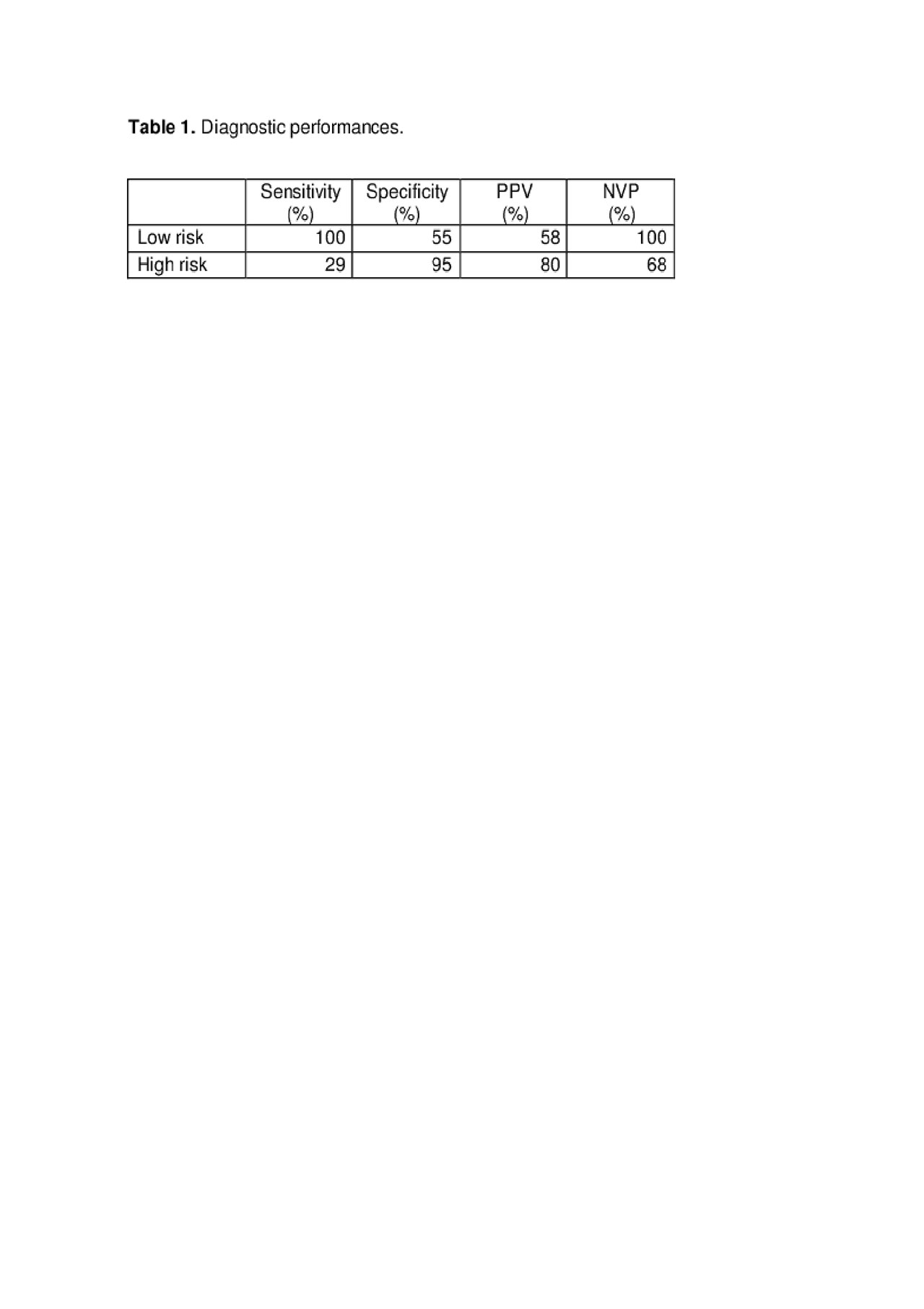Session Information
Date: Tuesday, November 12, 2019
Title: Epidemiology & Public Health Poster III: OA, Gout, & Other Diseases
Session Type: Poster Session (Tuesday)
Session Time: 9:00AM-11:00AM
Background/Purpose:
Subjects with rheumatic diseases have an increased risk of cardiovascular (CV) morbimortality. Hypertension (HTN) is a key modifiable risk factor for CV events. A recently published and validated prediction model (Predicting Out-of-Office Blood Pressure, PROOF-BP) has been proposed as a tool to improve diagnosis of HTN, and detection of out-of-office HTN in subjects with a previous diagnosis, with a c-statistic (AUC) of 0.86 in non-rheumatic subjects. This model has not been explored in rheumatic patients. Therefore, the objective of this study was to evaluate the diagnostic performance of the PROOF-BP algorithm for the prediction of HTN in subjects with/without rheumatic diseases.
Methods: A cross-sectional, observational trial was designed. Subjects with/without rheumatologic conditions were recruited at a rheumatology outpatient clinic. Complete history with somatometry of each subject was registered. BP was measured by a physician 3 times to each participant using current recommendations, with an OMRON HEM-7121 BP monitor. Calculations using the PROOF-BP online site were done, and risk categories were assigned to each subject: low (< 130/80 mmHg), medium (130/80-145/90 mmHg) and high risk ( >145/90 mmHg). Subjects in the medium and high risk strata were then asked to return for further evaluation and additional BP measurement, to define each diagnosis of HTN. We used frequencies (%) and median (q25-q75) for descriptive analysis. Diagnostic accuracy of each category was determined using 2 x 2 tables.
Results:
A total of 217 subjects were included. The most frequent rheumatic disease was RA (35.9%), followed by OA, SLE and Sjögren syndrome (13.4%, 2.8% and 2.3%, respectively). Using PROOF-BP, 84 (38.7%) subjects were stratified as medium or high risk. Of these, only 36 (42.8%) returned for evaluation. A final diagnosis of HTN was attained in 14 (38.8%) of those who returned. In 21 (67.7%) cases of the medium risk category the diagnosis of HTN was finally discarded, and in the remaining 10 (32.2%) diagnosis of HTN was finally ascertained. The high risk category had a specificity of 95% and a PPV of 80% for the diagnosis of HTN.
Conclusion: In a cohort of Mexican-mestizo subjects with rheumatic diseases, 38.7% were classified as medium or high-risk for HTN. Only 42.8% of patients that required further evaluation followed medical recommendations. More than 30% of patients in the medium-risk category had a final diagnosis of HTN. Using the BP-PROOF algorithm, none of the patients in the low-risk stratum had a final diagnosis of HTN (sensitivity= 100%); the high-risk category had a high specificity (95%) for the diagnosis of HTN.

Predicting Out-of-Office Blood Pressure calculator.TABLE
To cite this abstract in AMA style:
Galarza-Delgado D, Azpiri-Lopez J, Colunga-Pedraza I, Martinez-Flores C, Castro-Gonzalez M, Reynosa-Silva I, Cuellar-Calderon K, Vera-Pineda R. Usage of Predicting Out-of-Office Blood Pressure Calculator in Hispanic Patients with Rheumatic Diseases [abstract]. Arthritis Rheumatol. 2019; 71 (suppl 10). https://acrabstracts.org/abstract/usage-of-predicting-out-of-office-blood-pressure-calculator-in-hispanic-patients-with-rheumatic-diseases/. Accessed .« Back to 2019 ACR/ARP Annual Meeting
ACR Meeting Abstracts - https://acrabstracts.org/abstract/usage-of-predicting-out-of-office-blood-pressure-calculator-in-hispanic-patients-with-rheumatic-diseases/
